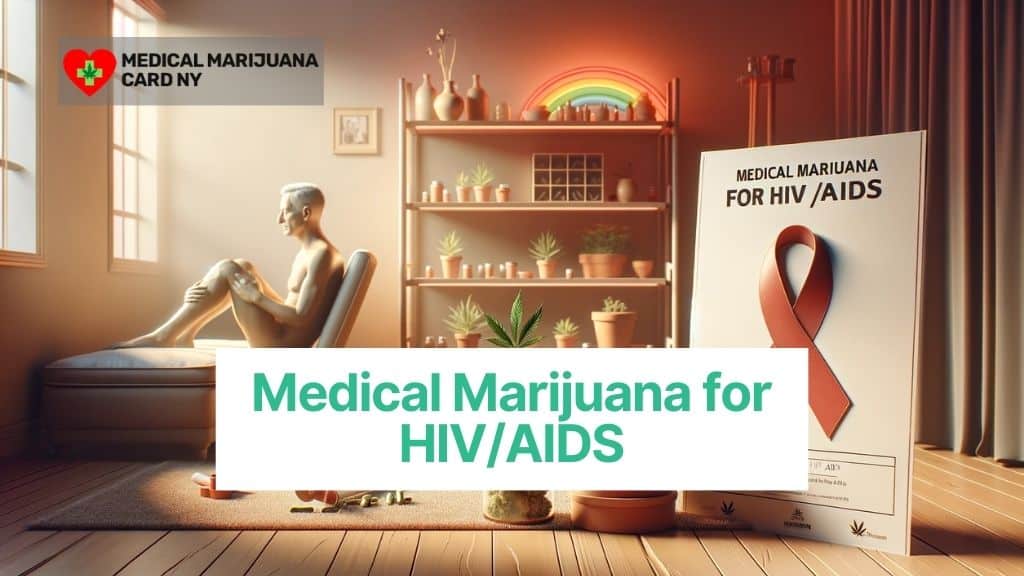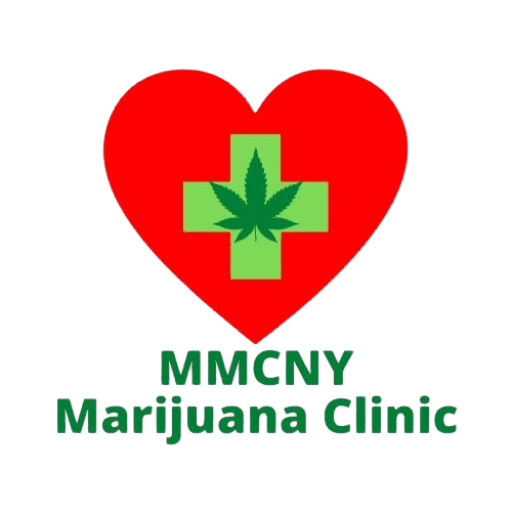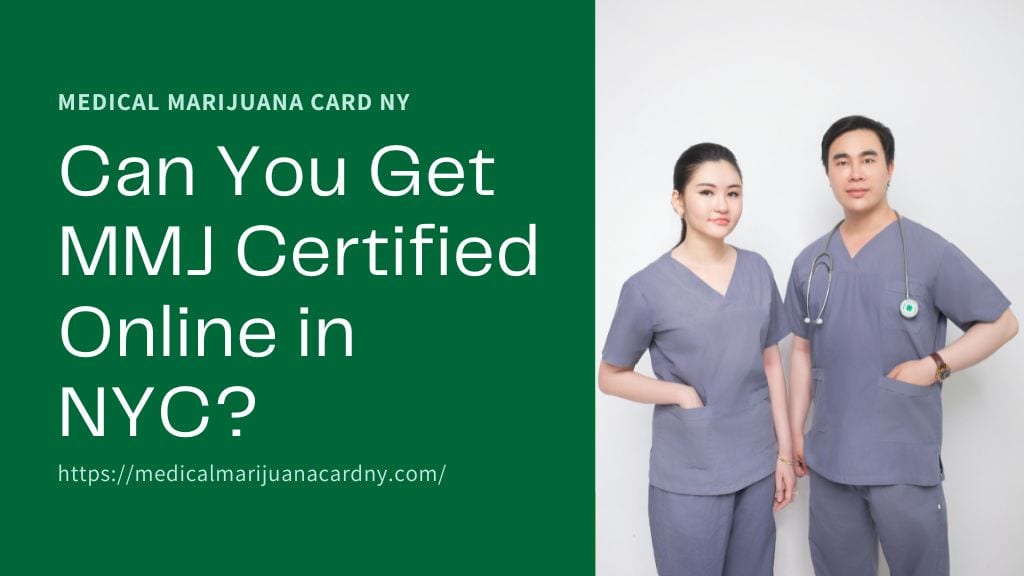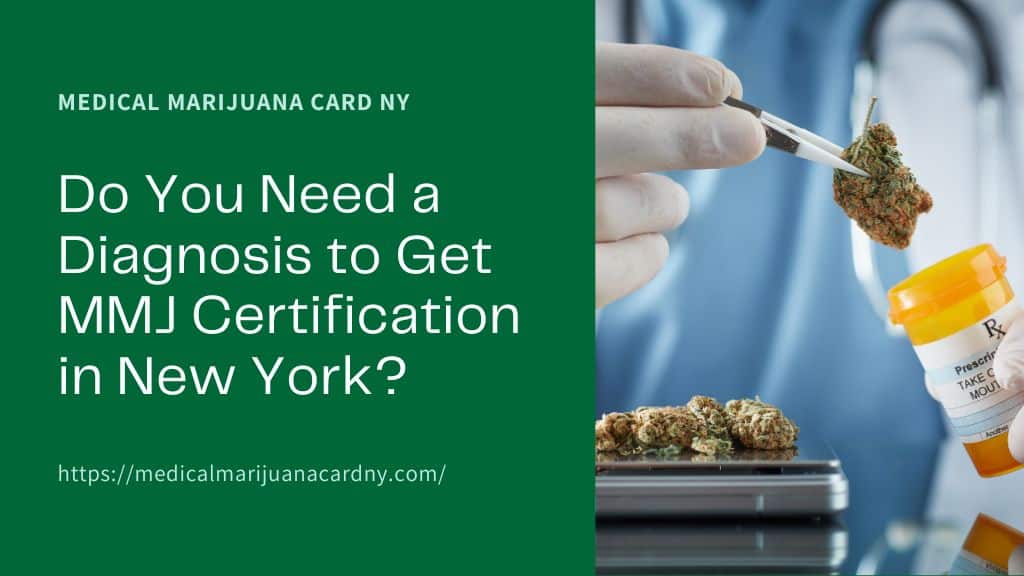Medical Marijuana has emerged as a pivotal alternative treatment for individuals living with HIV/AIDS in New York, offering a new horizon of hope and relief. In the bustling state of New York, where the HIV/AIDS landscape is marked by 107,649 people living with HIV as of 2019, the advent of medical marijuana provides a beacon of light for many. The majority of these individuals, approximately 75%, are over the age of 40, highlighting a demographic deeply impacted by this health issue.
The use of medical marijuana in this context primarily addresses debilitating symptoms like nausea, vomiting, and appetite loss, often side effects of both the HIV infection itself and the antiretroviral therapy (ART) used in treatment. Research underscores the significance of this approach, revealing that patients using medical marijuana alongside stable ART regimens experienced no adverse effects on viral load or immune cell counts. In fact, a notable increase in weight was observed in patients using medical marijuana compared to those on a placebo. This aligns with the findings of a study from San Francisco General Hospital, reinforcing the safety and effectiveness of medical marijuana in this patient group.
Moreover, studies have indicated that medical marijuana not only alleviates physical discomfort but also plays a crucial role in enhancing treatment adherence. Patients experiencing ART-related nausea have shown more consistent adherence to their drug regimens when using marijuana. This points to a broader impact, where medical marijuana not only addresses symptoms but also fortifies the overall treatment strategy, contributing to better health outcomes for HIV/AIDS patients.
The use of medical marijuana in the treatment of HIV/AIDS stands not just as a medical alternative but as a testament to the evolving landscape of healthcare, where patient comfort and holistic treatment are increasingly prioritized. This blog aims to provide a comprehensive view of this subject, encouraging readers to delve deeper into understanding how medical marijuana is shaping the treatment of HIV/AIDS in New York.
Table of Contents
ToggleIntroduction to Medical Marijuana and HIV/AIDS
What Is Medical Marijuana?
Medical marijuana, derived from the Cannabis sativa plant, primarily contains two active compounds: delta-9 tetrahydrocannabinol (THC) and cannabidiol (CBD). THC is known for its psychoactive effects, commonly referred to as the “high,” while CBD does not produce this effect. Medical marijuana is used in various forms such as pills, liquids, oils, powders, and dried leaves, tailored to treat specific symptoms and conditions. The use of medical marijuana is subject to state laws, and its legality varies across the United States.
Understanding its Components and Uses
THC is effective in relieving nausea, pain, muscle spasms, and in increasing appetite, whereas CBD is known for reducing seizures, inflammation, and anxiety. The formulation of medical marijuana can be designed to provide symptom relief without the intoxicating effects often associated with recreational use. It’s important to note that the FDA has not approved cannabis as a treatment for any medical condition, though certain cannabinoid-based medications are approved for specific uses.
Why is HIV/AIDS Treatment Important?
HIV/AIDS remains a critical public health issue in the United States. As of 2021, approximately 1.2 million people in the U.S. live with HIV, with about 13% unaware of their infection. The disease has a disproportionate impact on specific populations, especially among racial and ethnic minorities and men who have sex with men (MSM). In 2021, there were an estimated 32,100 new HIV infections in the U.S., with the highest rates of new diagnoses in the South.
Treatment for HIV/AIDS is crucial for managing the virus, preventing its progression to AIDS, and reducing the risk of transmission to others. With advancements in medical care, people living with HIV can now expect a near-normal life expectancy if the virus is diagnosed early and treated effectively.
Medical marijuana has become a pivotal complementary treatment for HIV/AIDS patients, particularly in managing symptoms like nausea, appetite loss, and pain associated with the disease and its treatment. This approach has shown promise in improving the quality of life and treatment adherence among patients, making it an increasingly important aspect of HIV/AIDS care.
Medical Marijuana for HIV/AIDS: General Benefits
How Can Medical Marijuana Enhance the Quality of Life for HIV/AIDS Patients?
Medical marijuana is recognized for its potential to significantly enhance the quality of life for individuals living with HIV/AIDS. Its therapeutic properties help in managing symptoms and side effects associated with the disease and its treatment. Notably, it can alleviate chronic pain, one of the common complications in HIV/AIDS patients. Moreover, medical marijuana has been effective in reducing peripheral neuropathy pain, a frequent nerve pain occurring in these patients.
The use of medical marijuana also addresses other critical symptoms such as nausea and appetite loss, commonly experienced by those undergoing antiretroviral therapy (ART). Its efficacy in improving appetite and reducing nausea can lead to better nutritional intake and weight management, which is vital for maintaining the overall health of HIV/AIDS patients. By alleviating these symptoms, medical marijuana contributes to a higher level of comfort and a better quality of life.
Which Symptoms of HIV/AIDS Can Be Managed with Medical Marijuana?
Medical marijuana can manage a spectrum of symptoms associated with HIV/AIDS, enhancing patient well-being. Key symptoms that can be effectively managed include:
- Chronic Pain: HIV/AIDS patients often suffer from chronic pain, including neuropathic pain, which can be debilitating. Medical marijuana has been found to provide significant pain relief, improving daily functioning and quality of life.
- Nausea and Appetite Loss: These are common side effects of ART. Medical marijuana is known for its antiemetic properties that can reduce nausea and stimulate appetite, helping patients maintain a healthy weight and nutrient intake.
- Neuropathic Pain: Peripheral neuropathy, a condition characterized by nerve damage and resulting pain, is common in HIV/AIDS patients. Medical marijuana can alleviate this specific type of pain, offering a more comfortable life for patients.
- Mental Health Symptoms: Conditions like anxiety and depression are prevalent among those with HIV/AIDS. Medical marijuana has properties that can help in reducing anxiety and improving the overall mood, contributing to better mental health management.
Medical Marijuana Policies and Laws in New York
Legal Guidelines for Medical Marijuana in New York
New York’s approach to medical marijuana, guided by the Compassionate Care Act and the Marijuana Regulation & Taxation Act (MRTA), has evolved to offer more accessible medical cannabis treatment options. As of March 2023, New York does not require patients to have specific medical conditions to qualify for medical marijuana.
Instead, any health problem may be considered sufficient if a licensed cannabis doctor agrees that marijuana could help. This policy shift, initiated by the New York Office of Cannabis Management (OCM) on January 24, 2022, allows licensed medical professionals to prescribe medical cannabis for any medical condition if they believe a patient will benefit from its use.
Access to Medical Marijuana for HIV/AIDS Patients in New York
Individuals with HIV/AIDS, among other conditions, are eligible for medical marijuana treatment in New York. To access medical cannabis, patients need to obtain a valid certification from a state-licensed physician. This certification acts as the gateway to medical cannabis, with automatic registration in the Medical Cannabis Program commencing March 20, 2023.
Patients no longer need to register with the state separately, as they automatically get registered and receive a registry ID number on their certification. This ID number is used to purchase medical marijuana products. The certification process is straightforward: patients make an appointment with a certified doctor, have a consultation (which can be done via telemedicine), and if the doctor determines that medical marijuana will help, they issue the certification, including the registry ID.
Medical Marijuana Usage and Administration in New York for HIV/AIDS Patients
Administration of Medical Marijuana for HIV/AIDS Patients
Medical marijuana, known for its therapeutic benefits, is administered to HIV/AIDS patients in various forms to manage the symptoms associated with the condition and its treatment. Here are the common methods of administration:
- Inhalation: This can be through smoking or vaporization, providing quick relief. It is often chosen for its immediate effects.
- Oral Consumption: This includes edibles, tinctures, and oils, which are beneficial for longer-lasting effects. This method is preferred by those seeking sustained relief.
- Topical Application: For localized pain relief, creams and lotions can be applied directly to the skin.
- Sublingual Administration: This involves placing tinctures or dissolvable strips under the tongue for quick absorption into the bloodstream.
Each method has its unique benefits, and the choice depends on the patient’s specific needs and preferences. Consulting with a healthcare provider is crucial to determine the most suitable form and dosage.
Interaction with Traditional HIV/AIDS Medications
Medical marijuana can interact with traditional HIV/AIDS medications, particularly in the management of side effects. Antiretroviral therapy, the standard treatment for HIV/AIDS, often results in side effects such as nerve-ending pain, insomnia, nausea, vomiting, depression, and anxiety. Medical cannabis has shown effectiveness in alleviating these symptoms, thus potentially improving the quality of life for patients.
It’s important to note that while medical marijuana can be beneficial in managing symptoms, it is not a replacement for antiretroviral therapy. Patients should continue their prescribed HIV/AIDS treatment while using medical marijuana as a complementary therapy.
Additionally, it’s vital for patients to discuss the use of medical marijuana with their healthcare provider to ensure it’s safe and to avoid any potential interactions with their current medications.
Case Studies and Patient Experiences
Who Has Benefited from Medical Marijuana in HIV/AIDS Treatment?
Medical marijuana has been beneficial for HIV/AIDS patients, particularly in alleviating symptoms associated with the condition and its treatment. Studies have shown that medical marijuana use can help with nausea, vomiting, appetite loss, and neuropathic pain, which are common side effects of HIV infection and antiretroviral therapy (ART).
For instance, a study at San Francisco General Hospital found that patients using medical marijuana alongside ART gained more weight than those on a placebo and experienced no adverse effects on viral load or CD4/CD8 counts. Another study reported that marijuana use improved adherence to ART regimens in patients experiencing nausea related to the therapy.
Why Do Doctors Recommend Medical Marijuana for HIV/AIDS?
Doctors recommend medical marijuana for HIV/AIDS primarily to manage the side effects of antiretroviral therapy and to enhance the overall quality of life for patients. Medical cannabis has been found to be effective in relieving chronic pain from HIV-associated sensory neuropathy and in reducing nausea, which in turn helps in improving food intake and nutritional status. This is crucial since maintaining a healthy weight and nutrient intake is vital for HIV/AIDS patients. Additionally, medical marijuana has shown benefits in improving mood disturbances and physical health in these patients.
Overall, the consensus among leading HIV/AIDS organizations and healthcare professionals is that medical marijuana, when appropriately prescribed and monitored, can offer significant benefits for the health and well-being of patients with HIV/AIDS.
Challenges and Considerations
Challenges in Accessing Medical Marijuana for HIV/AIDS in New York
One of the main challenges faced by HIV/AIDS patients in New York seeking access to medical marijuana is navigating the certification process. Although the New York State Department of Health has removed the specific condition requirements, patients still need a valid certification from a licensed healthcare provider. Finding a provider who is knowledgeable and supportive of medical marijuana use can be a hurdle. Additionally, there is the cost of consultation for obtaining medical marijuana certifications, which varies between providers.
Support and Resources for Patients and Caregivers
Patients and caregivers looking for support in New York can find various resources:
- Healthcare Providers: Consulting with healthcare providers who are registered to prescribe medical marijuana is crucial. They can offer advice on the suitability of medical marijuana for specific conditions and symptoms.
- Community Programs: New York offers several programs and initiatives to support people living with HIV/AIDS, including syringe exchange programs to reduce the spread of HIV.
- Online Platforms: Websites like Medical Marijuana Card NY provide information and support for obtaining medical marijuana certifications through HIPAA-compliant applications.
- Patient Networks: Joining patient networks or advocacy groups can provide community support, experience sharing, and additional resources.
It’s important for patients and caregivers to stay informed about the evolving laws and regulations regarding medical marijuana in New York to navigate these challenges effectively.
Conclusion
In New York, medical marijuana serves as a crucial complementary therapy for HIV/AIDS patients. It aids in managing symptoms like chronic pain, appetite loss, and nausea, often side effects of antiretroviral therapy. The state’s evolving medical marijuana program, now more accessible, no longer requires specific conditions for eligibility.
Patients can obtain a medical marijuana certification through healthcare providers, removing previous barriers and streamlining access. This development marks a significant step in integrating medical marijuana into the broader healthcare strategy for HIV/AIDS treatment in New York, enhancing patient well-being and treatment adherence.
Resources
https://www.mpp.org/issues/medical-marijuana/medical-marijuana-and-hivaids/
https://www.hiv.gov/hiv-basics/overview/data-and-trends/statistics/
https://www.cochranelibrary.com/cdsr/doi/10.1002/14651858.CD005175.pub3/full
https://www.tandfonline.com/doi/abs/10.1080/09540120600841930
https://www.liebertpub.com/doi/abs/10.1089/108729104323038892
https://www.tandfonline.com/doi/abs/10.1080/09540120701207833





